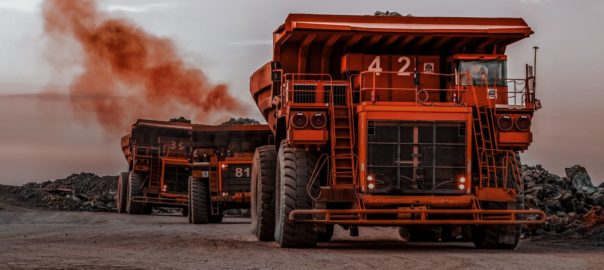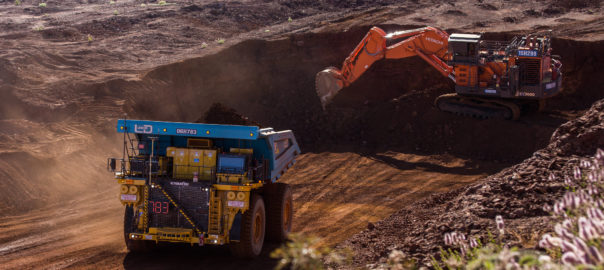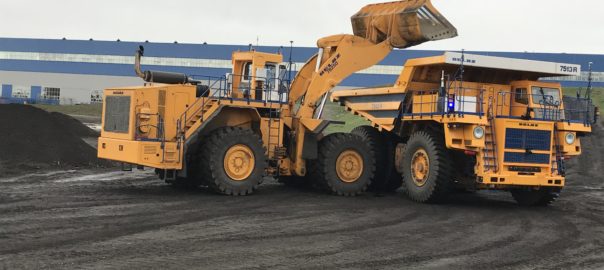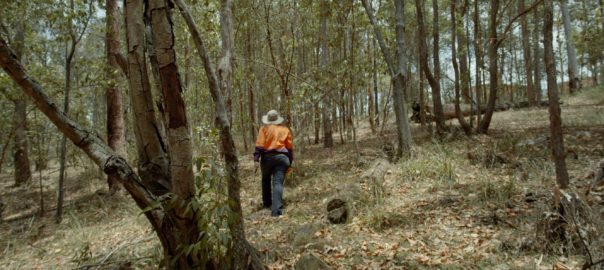Uptake says it has partnered with Symboticware to provide mining companies with an end-to-end, integrated artificial intelligence (AI) and data science solution to increase the productivity of mobile mining equipment.
The joint solution combines Symboticware’s SymBot® device, which provides data capture from mining fleets, and Uptake’s Asset Performance Management (APM) software, Asset IO, which applies AI to surface predictive insights from the data.
The combination of the two, according to Uptake, arms users with:
- Data-driven cost reductions: For an average medium-sized mining site, Asset IO can save as much as $2.5 million/y in haul truck maintenance, fuel and tyre costs alone. Additionally, operator and fleet productivity is optimised with the help of benchmarking and informed decision-making;
- Actionable insights for continuous improvement: Asset IO quickly turns data into actionable, AI-driven insights. The software deploys AI models that are pre-trained to drive greater performance, reliability and availability of the mobile mining fleet; and
- Greater visibility into assets: collect data from sensors, store time-stamped values in an internal database and seamlessly transmit data for AI analysis.
Ash Agarwal, Director of Mining at Uptake, said: “Optimal machine health and performance is critical to getting the most out of investments in equipment, and to achieving a high return on capital employed. Performing regular maintenance on haul trucks can be labour- and time-intensive, with the added cost of unplanned downtime having a significant impact on throughput and operating expenses.
“This integrated solution provides the best of industrial IoT and AI to reduce downtime, minimise operating expenses and aid in the development of a comprehensive maintenance program.”
Kirk Petroski, President and CEO of Symboticware, said industrial data is only as good as the insights that can be gleaned from it. “This solution delivers predictive insights that are both accurate and actionable, providing users with sufficient lead time into maintenance issues so they can be ahead of the curve. That ability to proactively mitigate maintenance problems yields a proven, measurable increase in productivity,” he said.










